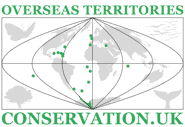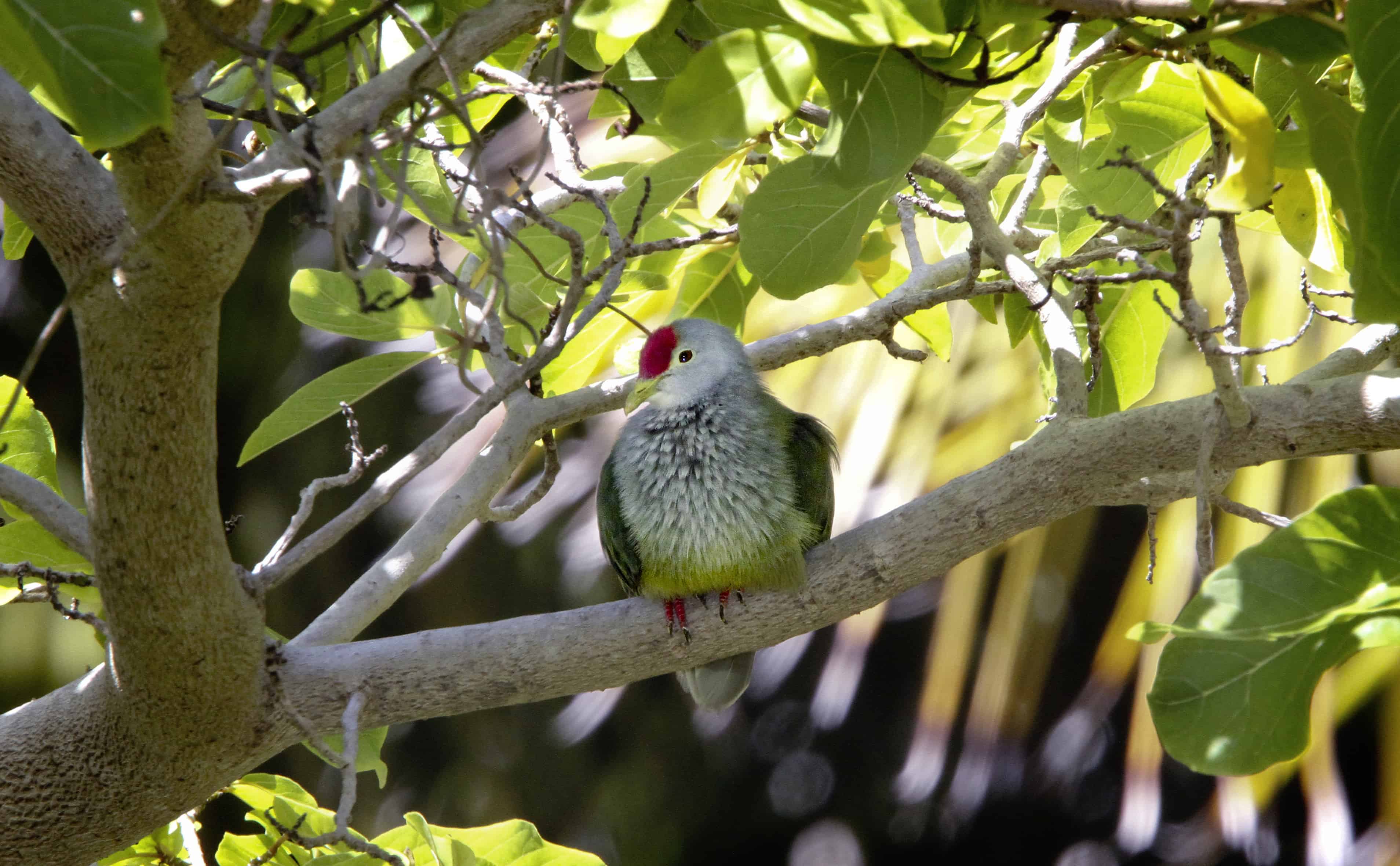
Pitcairn Islands, 2010
In 2010, Dr Mike and Ann Pienkowski visited the Pitcairn Islands. What follows is an account of their trip from Forum News 36: 1-2, 20.
Progress on Pitcairn
The sight of the Pitcairn longboat appearing around the north-eastern end of the island and battling its way through the waves towards us was one of those incredible events which encapsulates a truly memorable experience. We have worked, at a distance, with Pitcairn colleagues for many years, so the opportunity actually to visit Pitcairn in February 2010 was not to be missed.
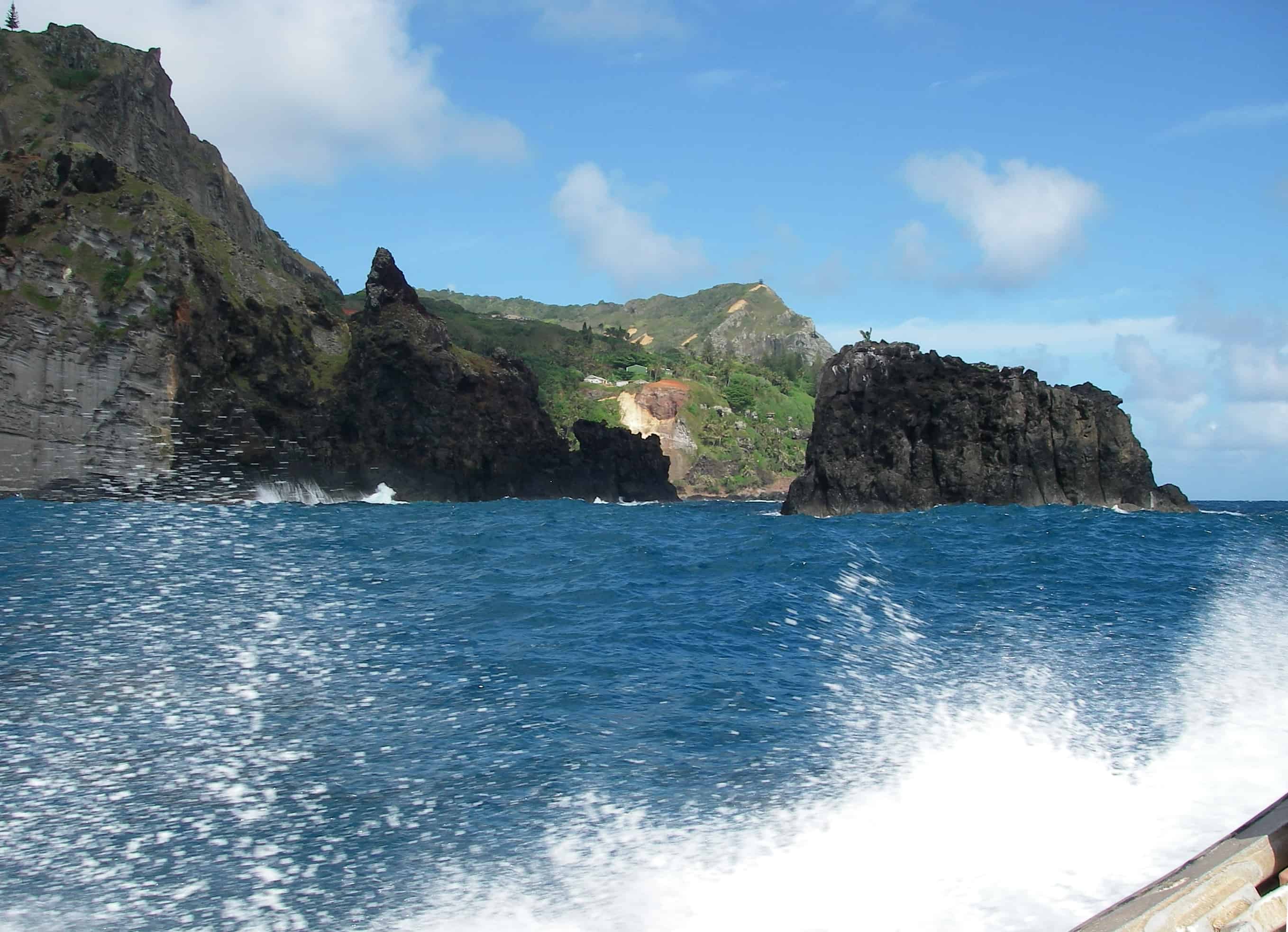
For two landlubbers like us, the three-day sail from French Polynesia to Pitcairn in a 20m ketch was another unique adventure. The SV Southern Cross served us well and, despite our lack of experience in such vessels and some rather wild seas, we had a memorable and exhilarating trip. The unseasonable weather conditions made the whole trip somewhat more challenging than anticipated, with northerly winds (they are usually from the east or south-east), with huge swells (usually at a right-angle to the wind). These conditions plagued our visit, especially as the landing sites on all islands are on the normally sheltered, but now exposed, northern sides. Our departure from Mangareva (the south-eastern-most settlement in French Polynesia) was delayed while we ascertained that the major cyclone, which had flooded and closed Tahiti’s international airport hours after we had left there for Mangareva, was not actually heading for us.

A day and a half out of Mangareva, we anchored for a day off Oeno, the low coral atoll which is the westernmost of the Pitcairn group. The swells and winds made a landing impossible, so we began to be concerned about getting on to Pitcairn itself.
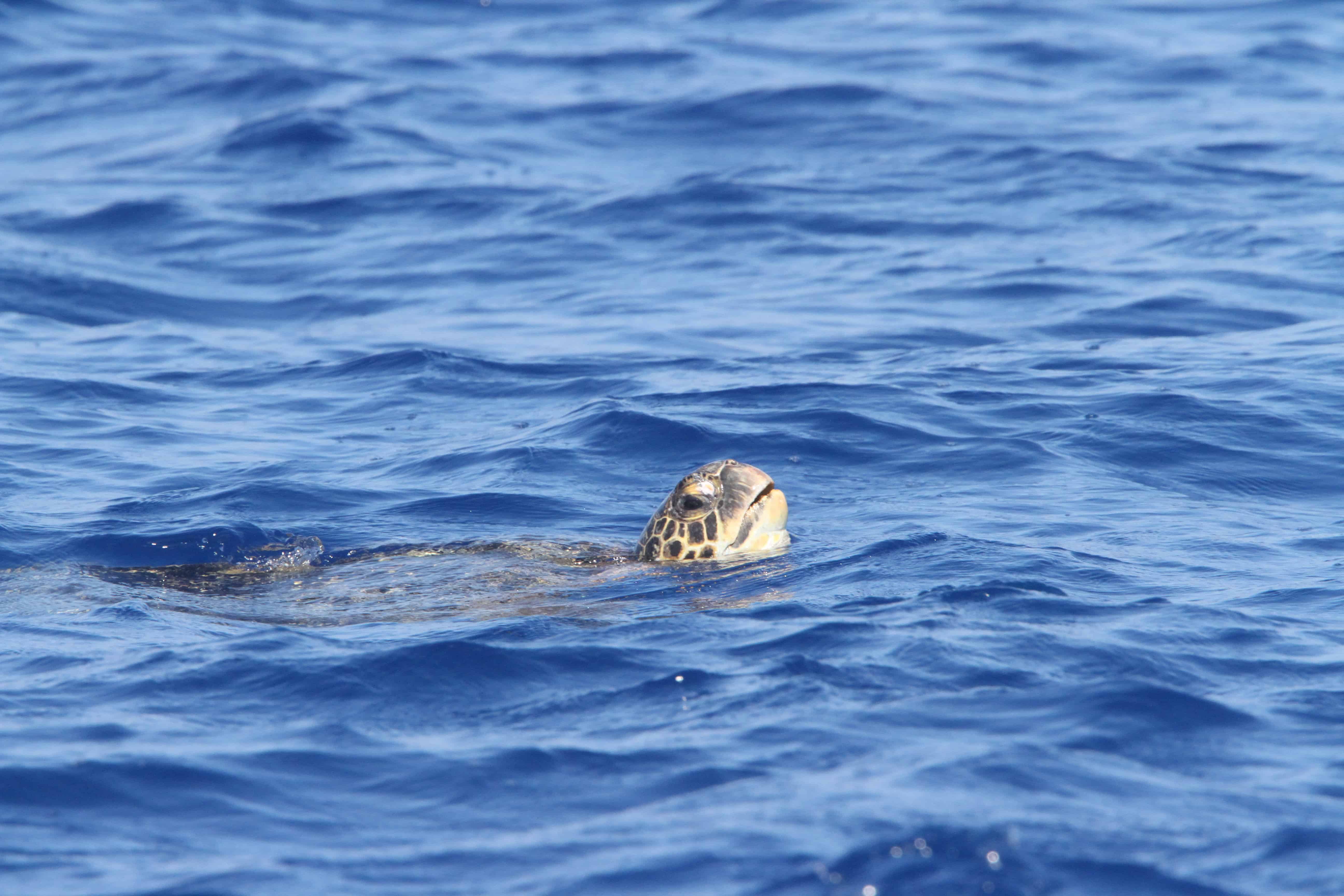
After an overnight journey, our first sight of Pitcairn was at dawn, about 20 miles out. As we watched it get closer, we could appreciate what an excellent location Fletcher Christian had chosen for the Bounty mutineers and their companions to settle, and remain unseen for decades. It rises solidly out of the ocean, with sheer cliffs and pounding waves. The swells and unfavourable winds prevented us from anchoring in Bounty Bay and we sailed around to the south-eastern side. So the longboat came to us, and our concerns that we would not be able to land were unfounded, at least after a series of interesting transfers from yacht to rubber dinghy to longboat. This was our first experience of the fantastic hospitality and friendliness which is typical of Pitcairn.
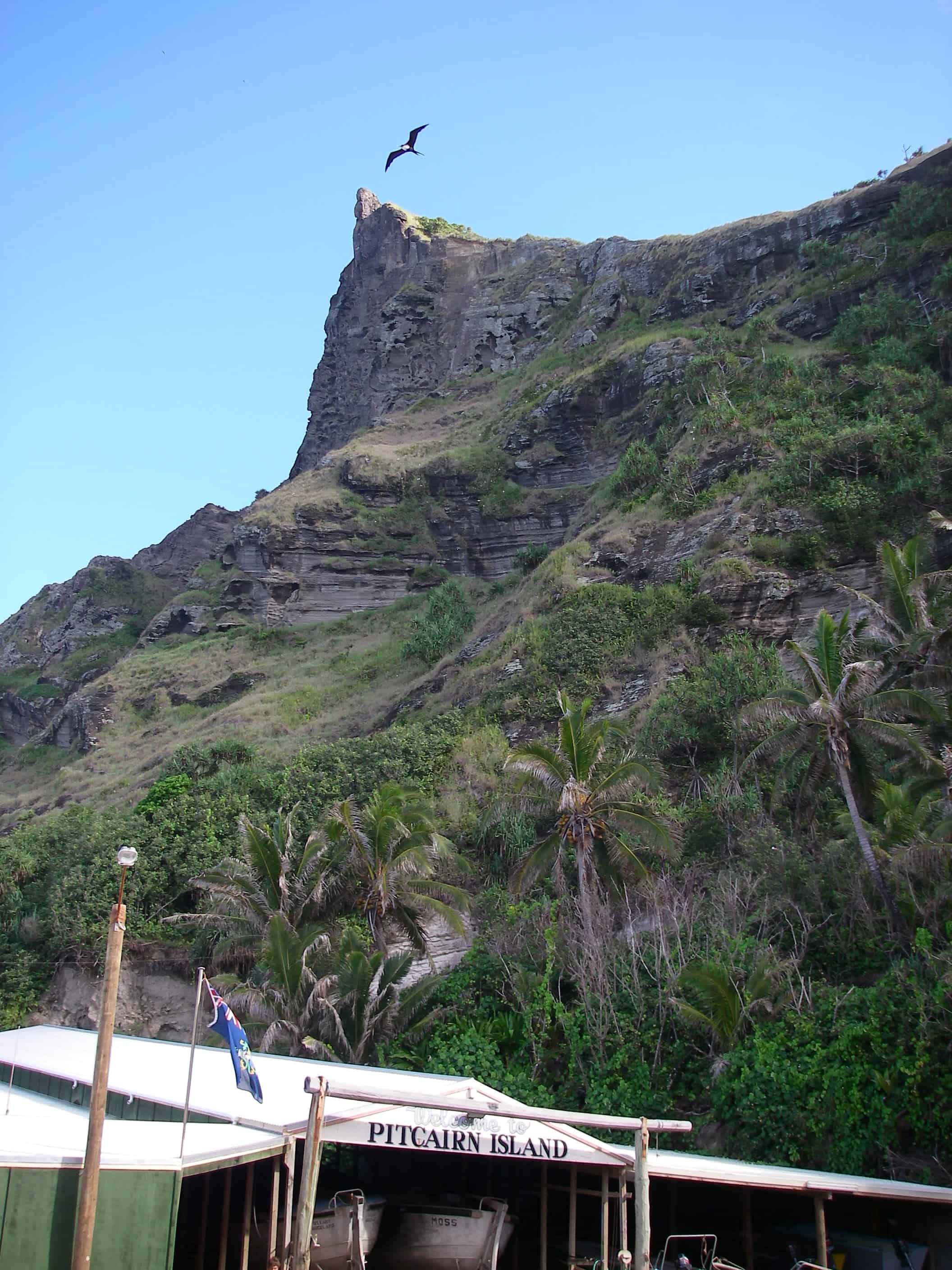
Carol and Jay Warren, our hosts, immediately made us feel like part of their family. Through their guided tours, and discussions with themselves and other conservation staff and island officers, including Simon Young and Leslie Jacques, we discovered more about the challenges the island faces, and how enterprising Pitcairners are working to address issues. A major constraint is the small number of people available to undertake work and projects. There are currently just over 50 people living on island, and everyone we met had at least two jobs. Another constraint is the high cost of transport of people and freight, and the infrequency of transport links. Currently, a visit overseas means a long absence from Pitcairn.
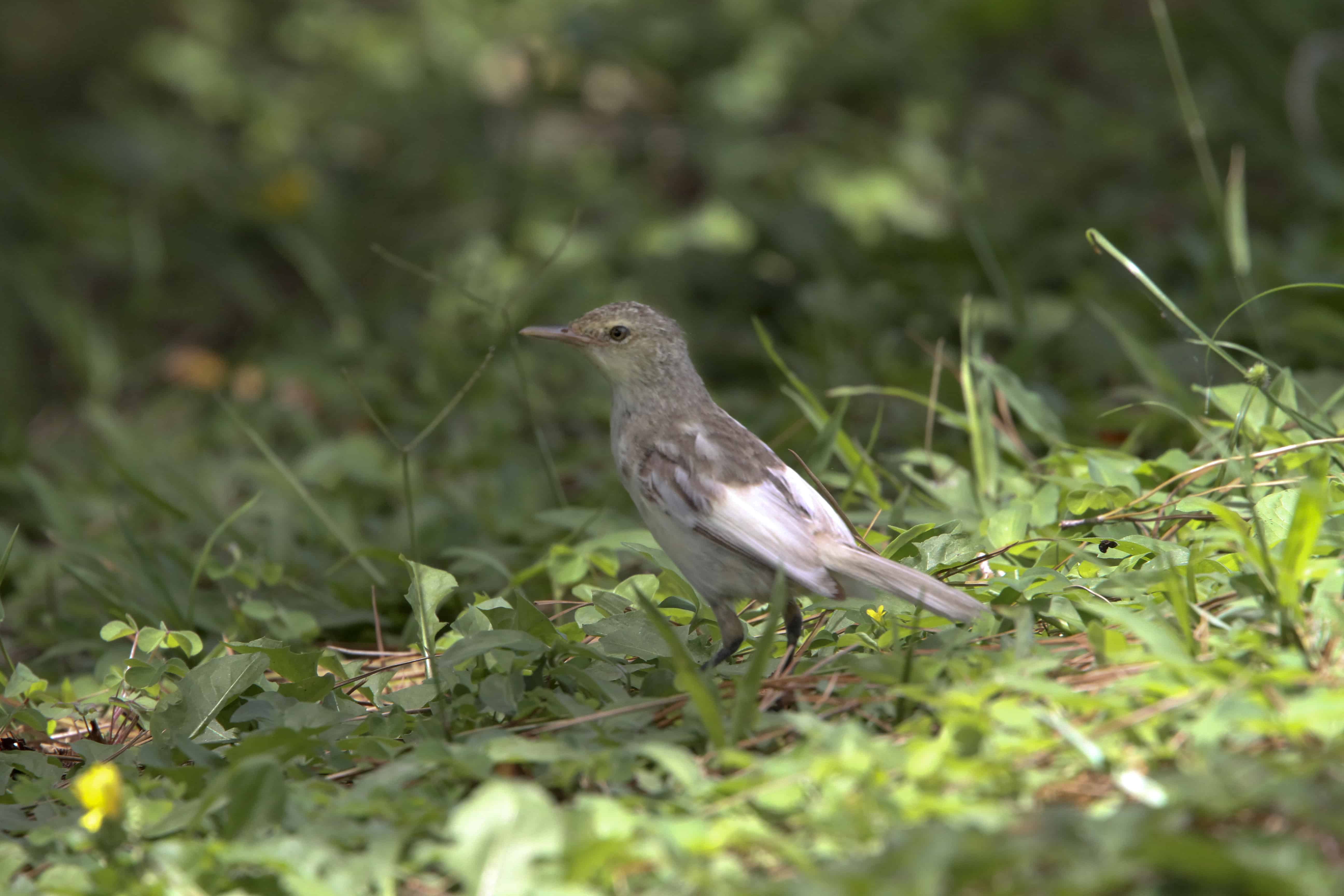
We were able to spend two three-day periods on Pitcairn, broken by a visit to the other islands (see below). In these periods, we discussed many matters with the Islanders, as well as seeing something of the island and its wildlife.
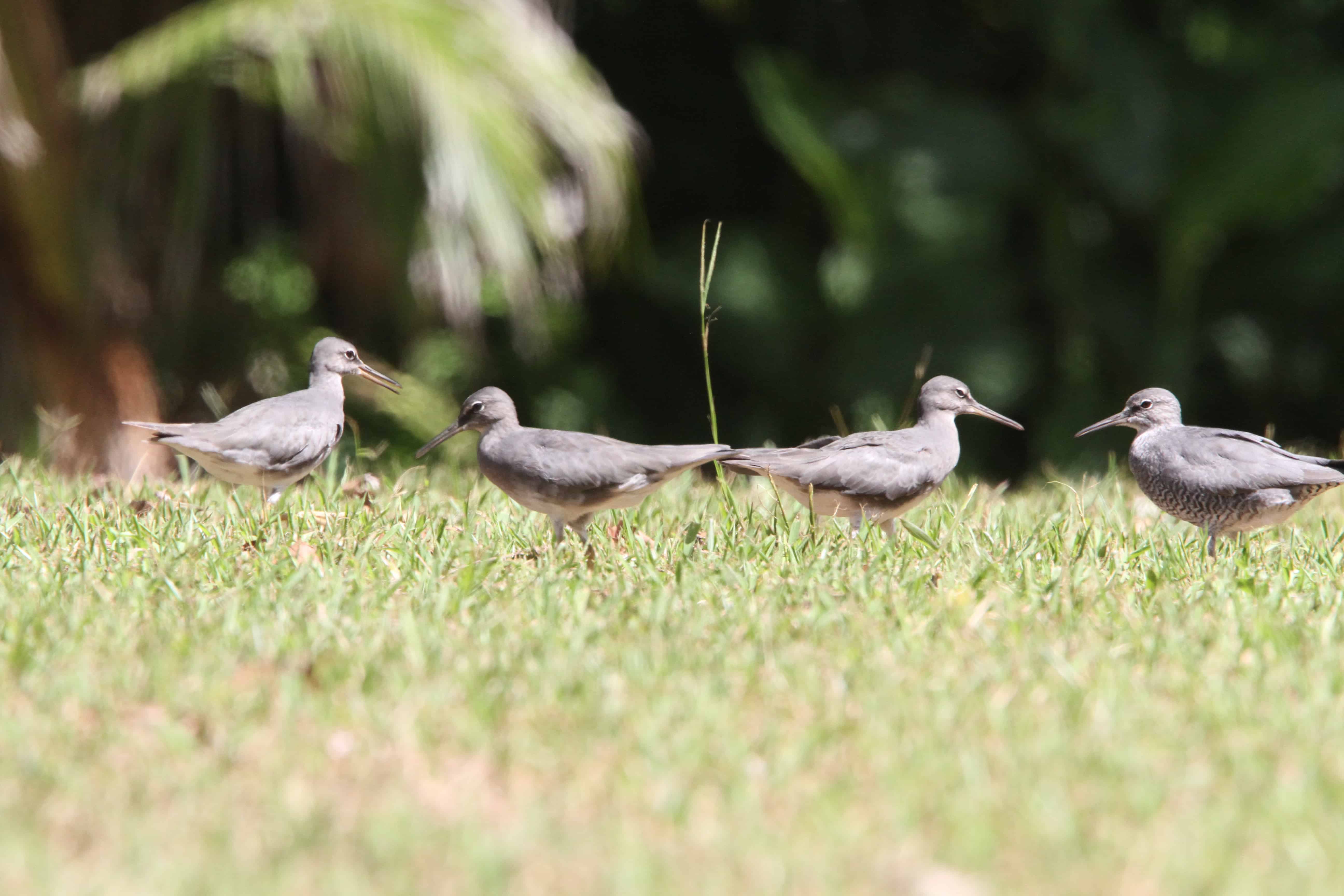
Some current issues
There is a lot going on in Pitcairn. Managements plans have been produced for the Pitcairn group as a whole (Pitcairn Islands Environment Management Plan 2008) and for Henderson (Henderson Island World Heritage Site Management Plan 2004 & 2009). These are available on UKOTCF’s web-site.
Some priorities currently being explored for the management of Henderson are resident wardening (by Pitcairn Islanders on a rotation basis) and the crucially important rat eradication project there being co-ordinated by RSPB. Various aspects of this are reported in Forum News 35: 19, and in this issue, 36 (pp. 3, 16-17).
Invasive species are a problem to which there is no easy solution, particularly in such an isolated place, and with limited available human resources. On Pitcairn itself, as well as the rats and mice, there are the invasive rose apple, grab-a-leg plant, and feral goats (causing massive destruction to endemic plants and cultivated fruit plants). Despite this, we were amazed by the quality, variety and amount of fresh fruit which the island produces. Passing cruise ships are also aware of this resource. While we were there, a visiting cruise ship radio-ed ahead to place an order for 500kg of bananas, as well as other fruits, which the island was able to supply.

The designation of Oeno and Ducie as Wetlands of International Importance under the Ramsar Convention is another initiative that Pitcairn would like to take forward. These sites were identified in the review of potential UKOT Ramsar sites, conducted by UKOTCF in 2005, and UKOTCF is helping progress designation in response to a request from Pitcairn’s Natural Resources Division.
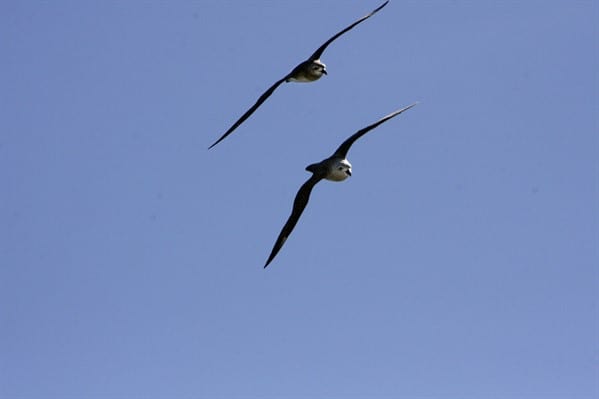
A big development, planned to start shortly, is the new harbour development at Tedside (Western Harbour). Unfortunately, the cruise ship season is quite short, from September to February. (It stops for the Pacific typhoon season around Tahiti and further west, where the ships are heading.) Often, cruise ship passengers cannot land at Pitcairn because of poor weather conditions. It is hoped that having an alternative harbour will help address this, and that increased tourism will result.
Ideas for alternative energy sources are a current hot topic. DFID expects to sign a design and installation contract for a wind power system in 2010. During our visit, we were also able to contribute to a project proposal for a feasibility study for domestic solar power; this also fulfilled Pitcairn’s request for guidance on grant-application preparation generally.
Water is another concern. Brown’s Water, which used to supply water to the majority of households, as well as being on the list of potential Ramsar Sites, has been reduced to a trickle. This is causing problems for the newly established nursery (for native and fruit plants), as well as domestic water usage. Households now have to rely on rainwater.
Surprisingly in the context of climate change, funding for the weather station has been ended. The 50 years of records are one of the first things that managers of most projects request, and Pitcairn is seeking urgently the approximately £2000 per year needed to keep this work going.
Henderson and Ducie
After three days on Pitcairn, we rejoined the SV Southern Cross, now moved round to Bounty Bay. We learnt afterwards that our transfer by inflatable from the jetty to the yacht (in one of the magnificent swells which accompanied every landing or transfer we made) was the subject of something resembling a sports commentary for the Islanders gathered to bid us farewell on our six-day voyage to Henderson and Ducie Islands.
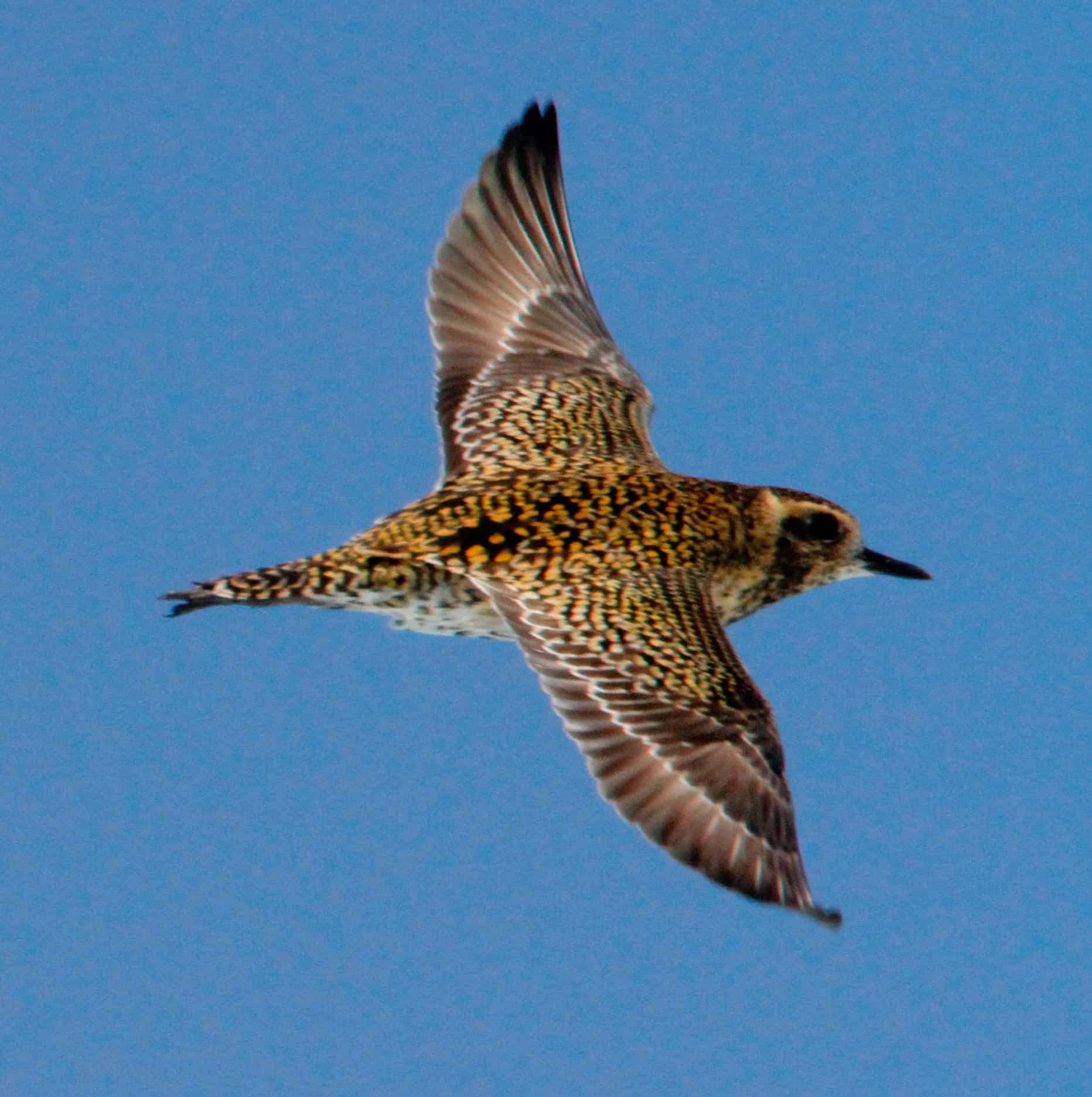
After a half-day trip, seeing Henderson made us fully appreciative of the incredible biodiversity value of this island. At one time, most of the Polynesian islands, and especially similar raised atolls or volcanic peaks, would probably have had a flora and fauna like this but now Henderson remains as the most pristine and unspoilt. Many of the others, including the many islands of French Polynesia, have lost nearly all their native flora and fauna.
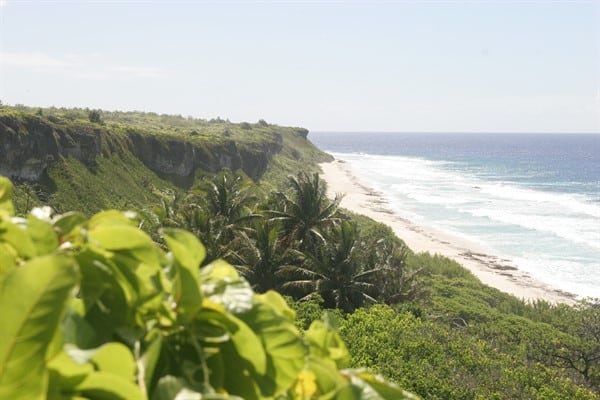
Restoration on Henderson Island World Heritage Site
Even though Henderson Island is one of the world’s most remote and hard-to-reach places, its wildlife is under severe threat from the impacts of invasive Pacific rats Rattus exulans. Nesting seabird numbers have already dropped from an estimated 5 million pairs before rats arrived, to only 40,000 pairs today.
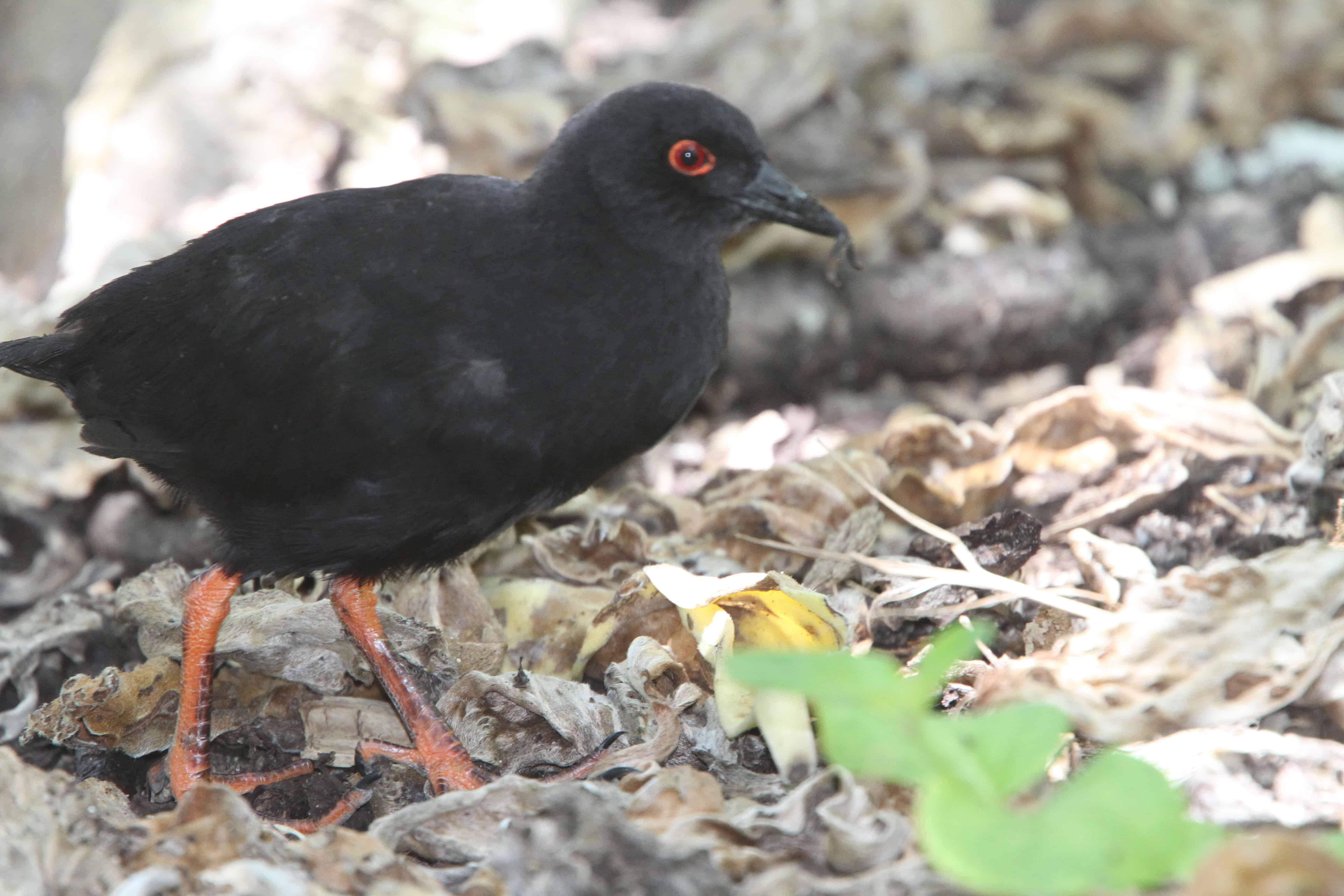
Working closely with Dr Mike de L Brooke (Chair of UKOTCF’s former Pitcairn Working Group), RSPB is now fundraising for a project to eradicate rats from the island: this will cost around £1.7 million, and a government contribution of £500,000 is being requested. Even in these tough economic times, removing rats from Henderson represents exceptional value for money; there are four Globally Threatened endemic land birds on Henderson, and it is the only known nesting site of the Endangered Henderson petrel. Henderson is also a World Heritage Site: on average, UK World Heritage Sites have received over £11 million each from Lottery funds, but this money is not available to UKOT sites.
Update
Since Mike and Ann’s trip in 2010, the RSPB have been begun a ground-breaking project to restore Henderson Island by removing invasive rats.
The objectives of the project are to:
- Prevent the extinction of the Henderson petrel
- Boost populations of the four endemic landbird species
- Increase populations of the estimated 30+ endemic invertebrate species
- Allow the recovery of natural flora
- Dramatically boost seabird numbers on Henderson. Research suggests populations could increase by up to a hundred-fold, creating a veritable haven for biodiversity
- Involve the Pitcairn Islanders and other key groups in saving this World Heritage Site.
An expedition in July-November 2011 ambitiously attempted to remove rats from the island. Henderson Island is the largest tropical or sub-tropical island ever targeted for rat eradication. Unfortunately subsequent visits in 2012 found that, despite improved sea and land bird fledging success, rats had not been eradicated totally. A further expedition in 2015 was designed to learn more about the ecology of rats and Henderson Island. The results from this expedition will be used to inform the RSPB’s strategy towards an eventual second attempt to restore this World Heritage Site.
Regular update reports are available from the Henderson Island Restoration project website.
